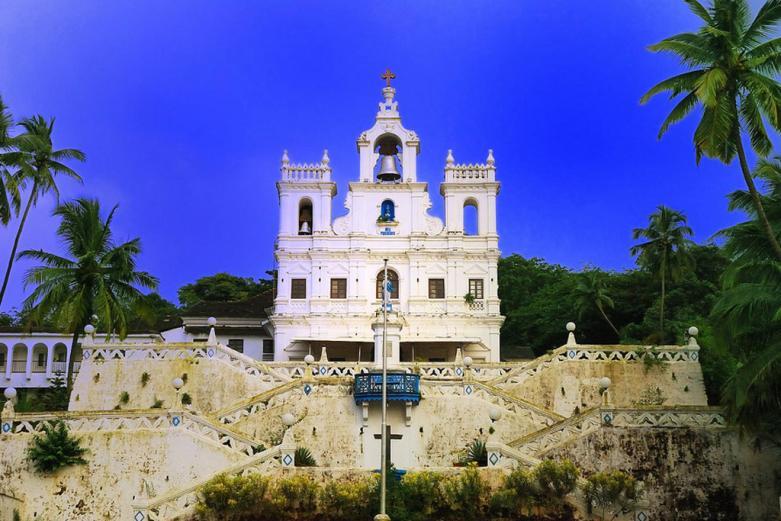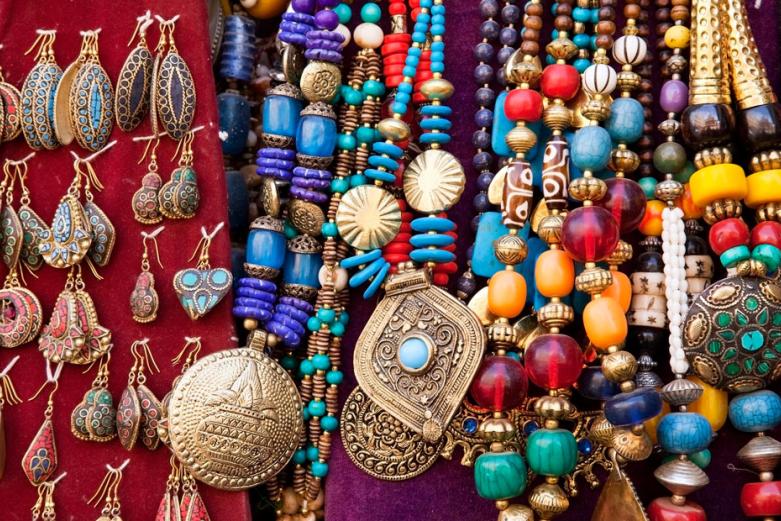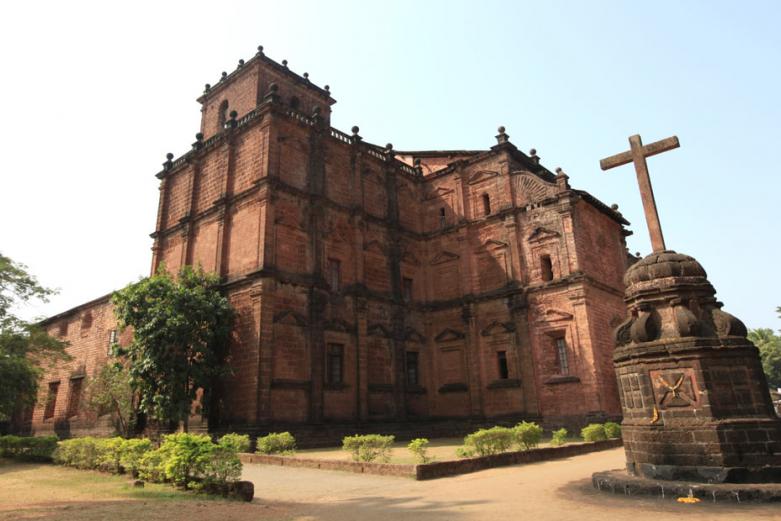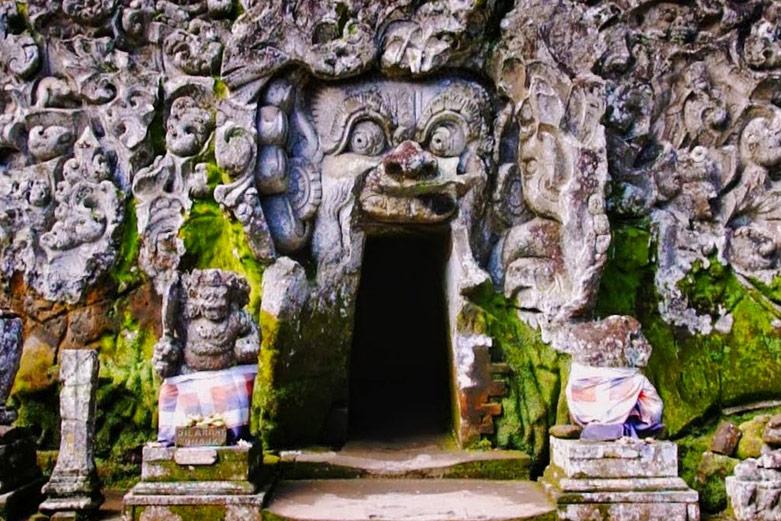
- Quick contact : 9447749270

PANJIM
PANJIM
Panjim means the ‘land that does not flood’. During the rule of the Portuguese in Goa, Panjim was just a landing stage with custom housing facilities and was surrounded by marshy swampland. However, in the year 1843, it became a capital.
Although the rulers and Viceroys built some popular buildings and heritage sites, but the overall development was not up to the mark and the main reason for that can be attributed to frequent natural calamities. It was because of these the Portuguese nobles preferred to set their mansions in the countryside than the city.

The dolphins Point
The dolphins are a way better sight in reality than on Animal Planet! A dolphin cruise in Goa is therefore exciting for the old and the young alike. Dolphins pepping out of the sea around your boat in a graceful motion is best savoured by eye and saved on camera. The dolphin cruise trip is flanked with a day-long tour of Grand Island, ideal for a peaceful picnic.

The Uncommon Market of Ingo
Once upon a not so long time ago, a German named Ingo set up this new market on a leased property. Fondly known as Ingo’s Saturday Night Bazaar, this market in Arpora is on for about six months of winter and presents a potpourri of junk jewellery, imported T-shirts, hippie merchandise, Indian and global cuisine from Rajasthan and Kashmir to Turkey, Spain and the rest of Europe! For non-shoppers, Daniel’s Bar often sees a DJ playing there, for the market. Even without this, music plays throughout the day and gets groovier by the night, say around 11 pm.

Fort Aguada
Fort Aguada:
It is the most frequented fort of all the other architectures in Goa. Initially, Fort Aguada was a house of Portuguese, now is transformed to a jail. Don’t miss the view from the lighthouse while you are here.
Opening hours: 10:00 am to 5:30 pm without entry fee.

Lamgau Caves

Dudhsagar Waterfalls
 Need Quick Assistance ?
Need Quick Assistance ?  +91 9447749270
+91 9447749270  booking@merrygoldholidays.com
booking@merrygoldholidays.com